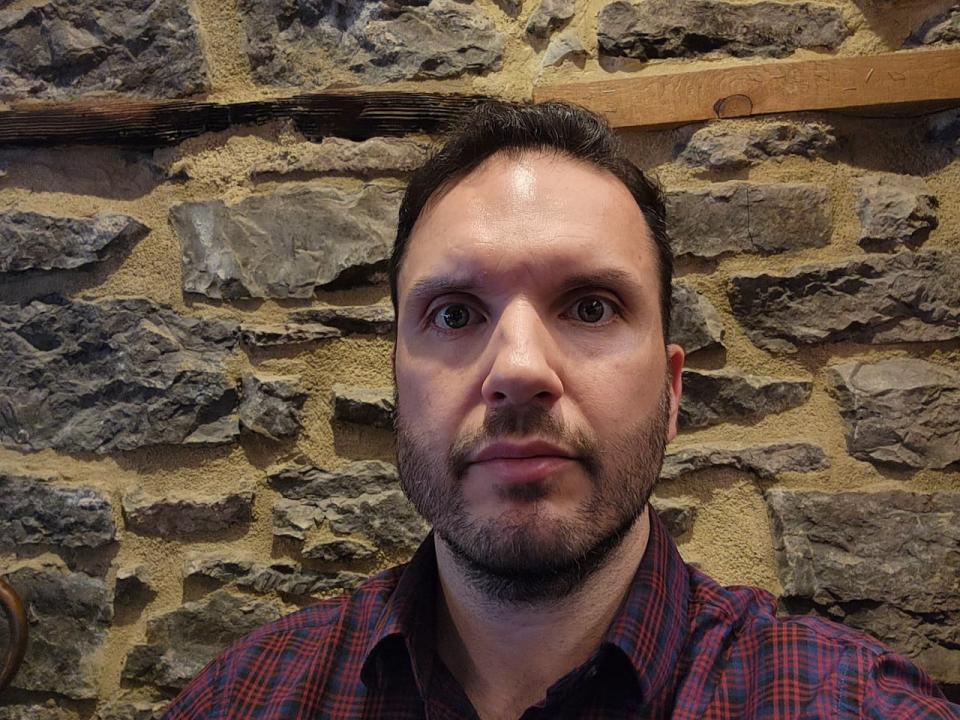Physicians sound alarm over unfilled Ontario residency spots

Physicians in Ontario are sounding the alarm as new data shows more than 100 reserved for training new family doctors have gone unfilled.
Each year, medical school graduates decide what type of medicine they want to specialize in. The Canadian Residency Matching Service (CaRMS) matches graduates with residency placements at medical schools in two rounds.
There were 108 unfilled family medicine spots out of a total of 560 in Ontario following the first round of this year's match, up from 103 unclaimed spots last year, according to CaRMS data.
That's an increase from 100 in 2023, itself a sharp rise from 61 in 2022, 52 in 2021 and 30 in 2020.
Dr. David Barber, a family doctor in Kingston, Ont., who chairs the section on general and family practice with the OMA, said the data is the latest in a worrying trend showing not enough medical students are choosing family medicine as a specialty.
"What this tells us is that medical students are not applying to family medicine," Barber said. "It's because during medical school the students work with family doctors and train under family doctors. They see how stressful it is, how underfunded it is and how unhappy that the family doctors are."
Across the province, 2.3 million people don't have a family doctor, and that number could grow to 4.4 million patients by 2026, the Ontario College of Family Physicians has warned.
The dwindling supply of family medicine residents in turn means an even smaller number of doctors choosing to enter family practice after finishing their residency. A slowdown of the pipeline of new family doctors could exacerbate Ontario's family doctor shortage and suggests that those without family doctors may continue to face challenges finding one.
Positions could be filled in 2nd round
Barely 30 per cent of last year's grads ranked family medicine as their first choice for their specialty training, according to CaRMS data. The figure was 38 per cent in 2015, and has been on the decline for years.
Many of this year's unfilled positions could be filled after the second round of matching is completed on April 25, said Lisa Turriff, communications director with CaRMS.
"Typically many unfilled first iteration positions do fill in second iteration," Turriff said. "For example, last year Ontario had 100 unfilled positions at the end of the first iteration, and three unfilled positions after second iteration."

Dr. Joseph Param, who was born and raised in Toronto, runs a family doctor clinic in Scarborough. (Laura Pedersen/CBC)
Dr. Joseph Param, who practices family medicine at a clinic in Scarborough, said he's seen firsthand medical students at his clinic get turned off of family medicine.
"Oftentimes, medical students come in, they're super excited, they're super enthusiastic," said Param. "The problem arises when they see how burdened we are due to systemic issues."
Family doctors say some of those systemic issues include long working hours, burdensome paperwork, inadequate financial compensation and the stresses of running a business while providing care to patients with complex health issues.
Param said these challenges can negatively impact physicians' mental health and lead to burnout. Witnessing the strain on the family doctors they work with is often enough to convince medical students to pursue a career in a different specialty where they have a chance of taking home a bigger paycheque and having better work-life balance, Param said.
'I would definitely think twice,' says physician
"If I was a medical student now ... I would definitely think twice because there are other specialties that seem to be far more attractive where you feel as though you're more valued, you're compensated more fairly and also just have a better work-life balance," Param said.
The provincial government needs to incentivize medical students to pursue family medicine by making it an attractive field to work in, said Dr. Ramsey Hijazi, a family physician in Ottawa and the founder of the Ontario Union of Family Physicians.
They should start by fixing the compensation problem to make family practice more sustainable, he said.

Dr. Ramsey Hijazi practices in Ottawa and is the founder of the Ontario Union of Family Physicians. (Submitted by Ramsey Hijazi)
Over the past 10 years, inflation as measured by Statistics Canada, has totalled about 25 per cent. During the same period, the average family physician's yearly billings to OHIP have risen just 6.1 per cent, according to figures provided by the OMA.
A typical Ontario family doctor's practice runs like a small business, with costs for staff, rent and other overhead paid out of their revenue from OHIP billings. But unlike the typical small business, Ontario family doctors can't just arbitrarily boost their prices to bring in more money.
Hijazi said he wants to see more investment in human resources, not just health infrastructure.
"Our problem in healthcare is not infrastructure, it is resources, it is personnel, it is family physicians that we lack. And so that's where the investment needs to come," Hijazi said.
Province has medical school spots, primary care teams
A spokesperson for Health Minister Sylvia Jones said the Progressive Conservative government has made "historic investments" to expand available medical school spots and added 78 new interdisciplinary primary care teams.
"Earlier this year, our government stood with the leadership of the Ontario Medical Association to announce the largest expansion of primary care in Ontario's history," Hannah Jensen wrote in an email. "Our government will not be deterred, by an interest group, from continuing to work with the OMA leadership to expand access to primary care and grow our healthcare workforce for years to come."
Jensen added that negotiations are currently underway with the OMA over a new physician services agreement, the contract that covers how doctors are paid in this province, which expires at the end of March.


